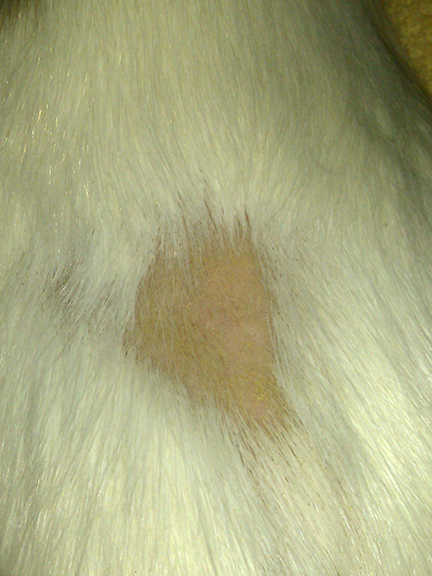QUESTION:
I’m thinking about getting a small pet for my kids (kids are 6 and 9 years old). Would a hedgehog be a good or bad idea? How long do they live? Are they low maintenance?
ANSWER:
I cannot recommend a pet African Pigmy Hedgehog in the state of California because they are illegal to own here. My answer would be different if you were considering ownership in a state where they are legal. I do, however, see this species in my clinic for medical treatment, and consider them to be nice pets if and only if they are well-socialized. An unsocialized hedgehog is like having a softball sized jumping ball with sharp quills – definitely not fun to hold or to play with!
Hedgehogs are curious, busy little creatures that can be tamed down with consistent, frequent, and gentle handling. I once adopted a very unsocialized hedgehog from a frustrated owner, and it took several months of daily handling (with gloves) to finally tame her down. In the end, she became a very friendly pet and I was able to handle her with bare hands because she kept her spines laid down flat. By nature, hedgehogs are a very defensive animal, and their automatic response to new or stressful stimuli is to ball up, hiss, and jump with their spines standing erect. That is why it is so important to handle them frequently so that your hedgehog does not consider you to be new or stressful!
In its most basic form the care includes providing clean and fresh absorbent bedding (such as compressed paper pellets), a diet that is predominantly fresh kibbles (high quality kitten or hedgehog specific), fresh water (sipper bottle), good air ventilation, hiding spots, warmth, and opportunities for activity and exercise. Many hedgehogs can be taught to exercise on a large “hamster” style wheel. Keep in mind that this species is nocturnal, so you don’t want to keep it in the bedroom of a light sleeper.
I consider the maintenance to be relatively low, but everyone’s tolerance for pet maintenance is different. Bedding should be spot cleaned daily and changed out twice a week, water and food bowls should be cleaned and refreshed daily, and at least 10 minutes per day of handling is essential. An annual visit to an exotics vet is strongly recommended to screen for parasites (common) and other health issues, as well as to ensure that the proper home care is in place. Appropriate care should ensure your hedgehog reaches the full life expectancy of 4-6 years.
If you have a veterinary question that you would like to propose for an upcoming edition, please send it to email@catandexoticcare.com with “ask the vet” in the subject line.
Max Conn, DVM is the owner of Cat & Exotic Care of the CentralCoast, a full service veterinary hospital dedicated to the special needs of cats, birds, reptiles and small mammals. Cat & Exotic Care is located in PismoCoastPlaza, 565 Five Cities Drive, 805-773-0228. More information can be found at www.catandexoticcare.com.
Disclaimer: The informational handouts and website links above are for informational purposes only, they are not intended to replace veterinary care.


